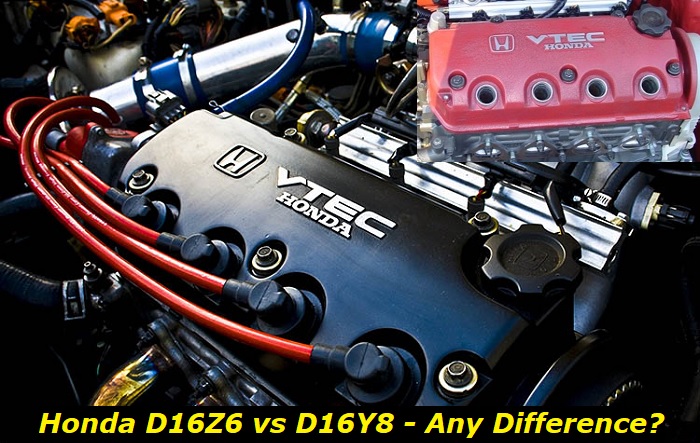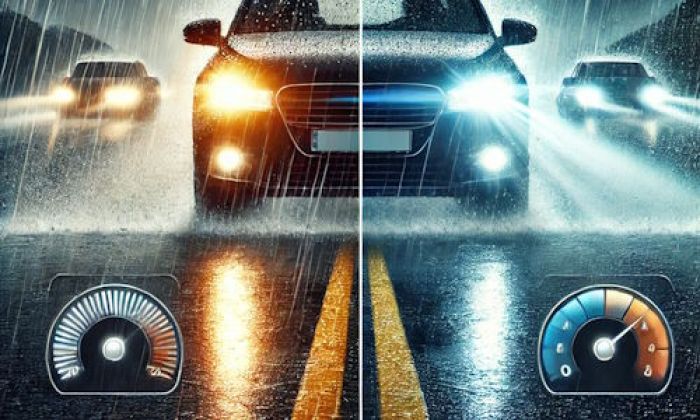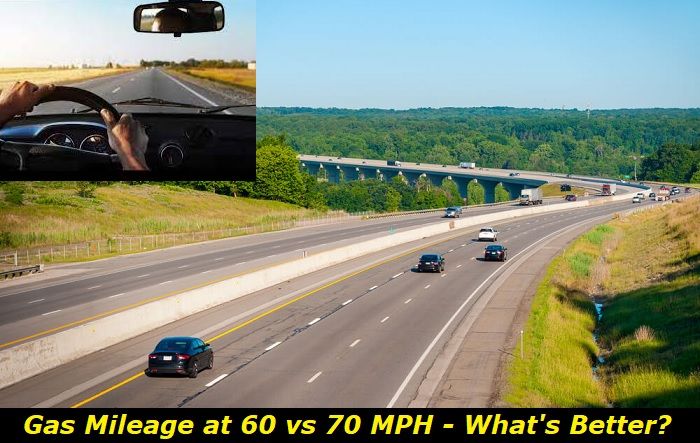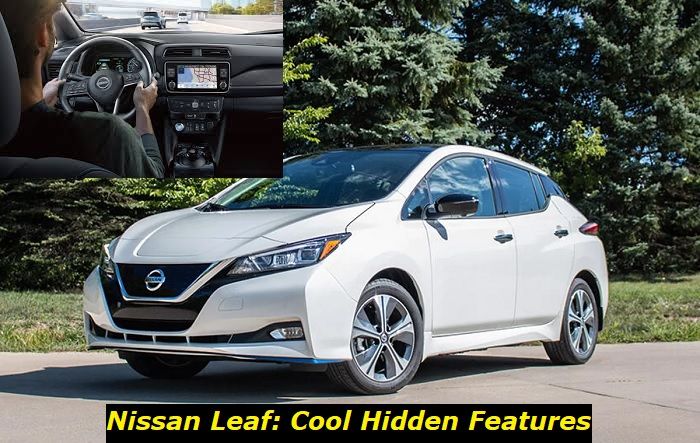Honda Civic is one of the most iconic cars from Honda. The car has been around since 1972. It is a series of cars that have seen millions of people drive over the years. In the year 2000, Honda upgraded the Civic from the subcompact segment to the compact car segment. This saw the car attract a whole new legion of enthusiasts.
Today, we are going to take a keen look at the different engines Honda Civic boasts of. We are going to specifically look at D16Z6 as compared to the D16Y8. In our analysis, we will learn which of these two engines is better and which one will go longer.

Key features and my opinion about the engine
- Production years:1986-2000
- Average lifespan of D16:200,000-220,000
- Fuel supply type:port injection
- Power range:110-130 hp
- Fuel efficiency:good
- Engine block material:aluminum
- Engine reliability score:high
- The most common problems:oil consumption, oxygen detection system issues, timing belt can break prematurely.
The Honda D16Z6 engine
The Honda D16Z6 is a 1.6-liter engine that produces 125 horsepower. The engine is special because it is easy to tune. Professional tuners have managed to up the engine's power to over 500 Hp. Honda has a whole line of D16 engines and they are known for their light weight and incredible performance.
The D16Z6 specifications
- Inline 4-cylinder engine
- It uses gasoline
- The exact size is 1.59 liters
- In stock, the engine produces 125 Hp at 6,600 RPM
- 106 lb-ft of torque at 5,200 RPM
- The fuel cut-off of this engine happens at 7,400 RPM
- The compression ratio is 9.2:1
- Built using VTEC technology
- The engine block material is aluminum
- The Head material is also aluminum
- Fuel control is OBD-1 PGM-F1
The Honda D16Y18 Engine
The Honda D16Y8 engine is also a popular engine that is found in several Honda cars. The engine can be tuned to deliver an incredible amount of power. This makes it a popular pick for engine tuners. It was mainly found in the Honda Civic EX made in the years 1996 until 2000.
The D16Y8 specifications
- The engine is 16-valve
- 1.6-L
- SOHC VTEC
- Produces 127 horsepower at 6,600 RPM
- 107 lb-ft torque at 5,500 RPM in stock form
- It has a rev limit of 7,200 RPM
What are the differences between the D16Z6 and D16Y8?
Both the D16Z6 and D16Y8 are popular engines that are found in several Honda cars. However, each engine is unique in its own way and comes with advantages and disadvantages. The specs of each of the engines serve to contrast these engines even more.
Though in a layman's eyes and ears the two engines may appear and sound the same, the seemingly minute differences serve to distinguish the two. Some of these differences include the thickness of the head gaskets. The compression ratios are different and also the intake manifolds. These differences distinguish the engine such that one can be tuned to serve a particular purpose but not the other. Here are the differences to help you better understand these Honda engines.
1. Horsepower and torque
Both D16Z6 and D16Y8 engines are 1.6L. The Y8 produces 127 Hp at 6,600 RPM while the Z6 produces 125 Hp at 6,600 RPM. The VTEC D16Z6 engine produces 106 pounds per foot of torque at 5,200 RPM while the SOHC VTEC D16Y8 reaches 107 lb-ft at 5,500 RPM.
The Z6 engine has a higher redline of 7,200 RPM and the fuel cut-off point is 7,400 RPM. The Y8 on the other hand has a redline of 6,800 RPM and an upper rev limit of 7,200 RPM. These differences mean that the D16Z6 engine offers more usable power at the low end while the Y8 gives you more power at the upper end.
2. Cylinder heads and the compression ratio
While the D16Y8 boasts a compression ratio of 9.6:1, the D16Z6 offers a 9.2:1 ratio. Even though both cylinder heads are made using aluminum, the Z6 cylinder head flows much better as compared to the Y8. These cylinder heads don't flow in an ideal manner when left in their original factory setting. The performance of both engines can be upped by adding a good port and polishing the heads to extract more power from the engines.
3. The engine components
The materials used in making both of these engines can differ and this means the output of the engines will also be different. Some of the things you will note are that the D16Z6 head gasket is thicker than that found on Y8. The intake manifold of the Y8 is thinner and comes with larger and shorter runners. Because of having a thinner manifold, the Y8 flow and performance are much better even though the overall lifespan of the thinner head gasket is shorter.
The combustion chamber of the Y8 engine is smaller and more angular. This allows it to give better burn. The camshaft on the other hand which has a longer duration of 1- 2 degrees further serves to make the combustion more efficient. Other minute differences are quite difficult to point out such as the rigidity of the blocks is different but such fall more under opinion than real difference.
4. On-Board Diagnostics (OBD) method
When you want to diagnose an issue affecting your Honda D16Z6 engine, you will need to use OBD I. Diagnostics on the D16Y8 engine are done using OBD II. OBD means the capability of an engine or vehicle to diagnose and report itself. The more advanced OBD systems can diagnose the car and tell the mechanic what is wrong with the vehicle.
The OBD I system is old and not as advanced as the OBD II system. OBD I system was basically aimed to diagnose and report issues touching on the emissions control system of a car. On the other hand, the OBD II comes with improved signaling protocols and messaging methods. The OBD I system requires to be read via a console that is normally found below the steering where the bonnet latch is located. The OBD II system can be read via Bluetooth hence it is possible to diagnose the D16Y8 remotely.
Which engine will last longer?
Honda is known to equip its cars with reliable engines. There are more than 20 engine models under the D16 series. When it comes to the question of which engine will last longer between Z6 and Y8, the answer is tough since D16 engines are known to serve for thousands of miles without developing any issues.
The D16Y8 is equipped with a thinner head gasket but it comes with larger runners that are slightly shorter. On the other hand, the Z6 comes with beefier rods and some car experts are of the opinion that it has a stronger block. The Y8 has a better transmission but it is the Z6 that is easier to tune up. These differences only become apparent when you want to tune your car to give you more power. The stock engines are however more or less the same.
The D16Z6 and the D16Y8 engines will last you well past 180,000 miles. The important thing to know, however, is that when some interference with the engine happens, the lifespan tends to drop. This is especially the case if this tuning up is not done by reputable or professional tuners.
Common issues affecting the D16Z6 and D16Y8 engines
The Honda D16 engines require regular maintenance to ensure they last as long as possible. However, some issues tend to be associated with the D16 series and which should guide you in picking your engine or car. These issues include;
- Oil leaks - These are easy to spot and this is normally accompanied by misfiring.
- Dirty idle control valve or throttle body - This is characterized by rough idling and is normally caused by an O2 sensor.
- Exhaust manifold malfunction - You will notice the engine becoming rough and almost diesel-like. The issue is mainly caused by cracks in the manifold.
Conclusion
The Honda D16Z6 and the D16Y8 engines are quite similar but they are different in many ways that make them suitable for different cars and driving styles. The Z6 engine is older than the Y8 but offers you incredible room for tuning. On the other hand, the Y8 engine which is also referred to as D16Y6 in New Zealand is a top performer and is very good in power delivery at the top end.
Both of these engines are preferred by drag racers because it is easy to equip them with a turbocharger. The horsepower can be upped from a mere 125 for Z6 and 127 HP for Y8 to reach well over 500 Hp.
The D16Y8 has a better transmission but is not sufficient as to consider modifying your Z6 engine to match it. Given that the Y8 engine has modified cam angles and chamber design as well as a different distributor second O2 sensor, it is better in performance. It comes with larger runners and this makes it better in efficiency and handling than the Z6. The Y8 engine is an ideal engine swap candidate if you're thinking of a turbocharged setup.
The Honda D16Z6 engine is older in the field and even comes with an OBD I console for diagnostics. The engine is thicker than that of the Y8. At lower operating capacity, the engine gives more power than the Y8. Though the engine is said to be less efficient in fuel consumption than the Y8, it is without a doubt a solid engine that will last for years.
About the authors
The CarAraC research team is composed of seasoned auto mechanics and automotive industry professionals, including individuals with advanced degrees and certifications in their field. Our team members boast prestigious credentials, reflecting their extensive knowledge and skills. These qualifications include: IMI: Institute of the Motor Industry, ASE-Certified Master Automobile Technicians; Coventry University, Graduate of MA in Automotive Journalism; Politecnico di Torino, Italy, MS Automotive Engineering; Ss. Cyril and Methodius University in Skopje, Mechanical University in Skopje; TOC Automotive College; DHA Suffa University, Department of Mechanical Engineering






Add comment